-
×
 Mystic Woods
1 × EGP775.00
Mystic Woods
1 × EGP775.00 -
×
 Purple Venom
1 × EGP1,145.00
Purple Venom
1 × EGP1,145.00 -
×
 Grey Elegance
1 × EGP635.00
Grey Elegance
1 × EGP635.00
Hijab Articles
Can Hijab Cause Hair Loss?
Having your hair confined under a hijab for a long amount of time is bound to have its toll. You may notice some side effects to that, such as an extra oily scalp due to lack of ventilation or frizzy hair for the same reason.
But can hijab cause hair loss?
Well, a lot of people are convinced so, but hair loss usually has deeper causes. However, hijab can be one of the culprits for hair loss conditions, such as traction alopecia.
Here’s everything you need to know about hijab causing hair loss, other causes for the issue, and what to do to prevent it.
Can Hijab Cause Hair Loss?
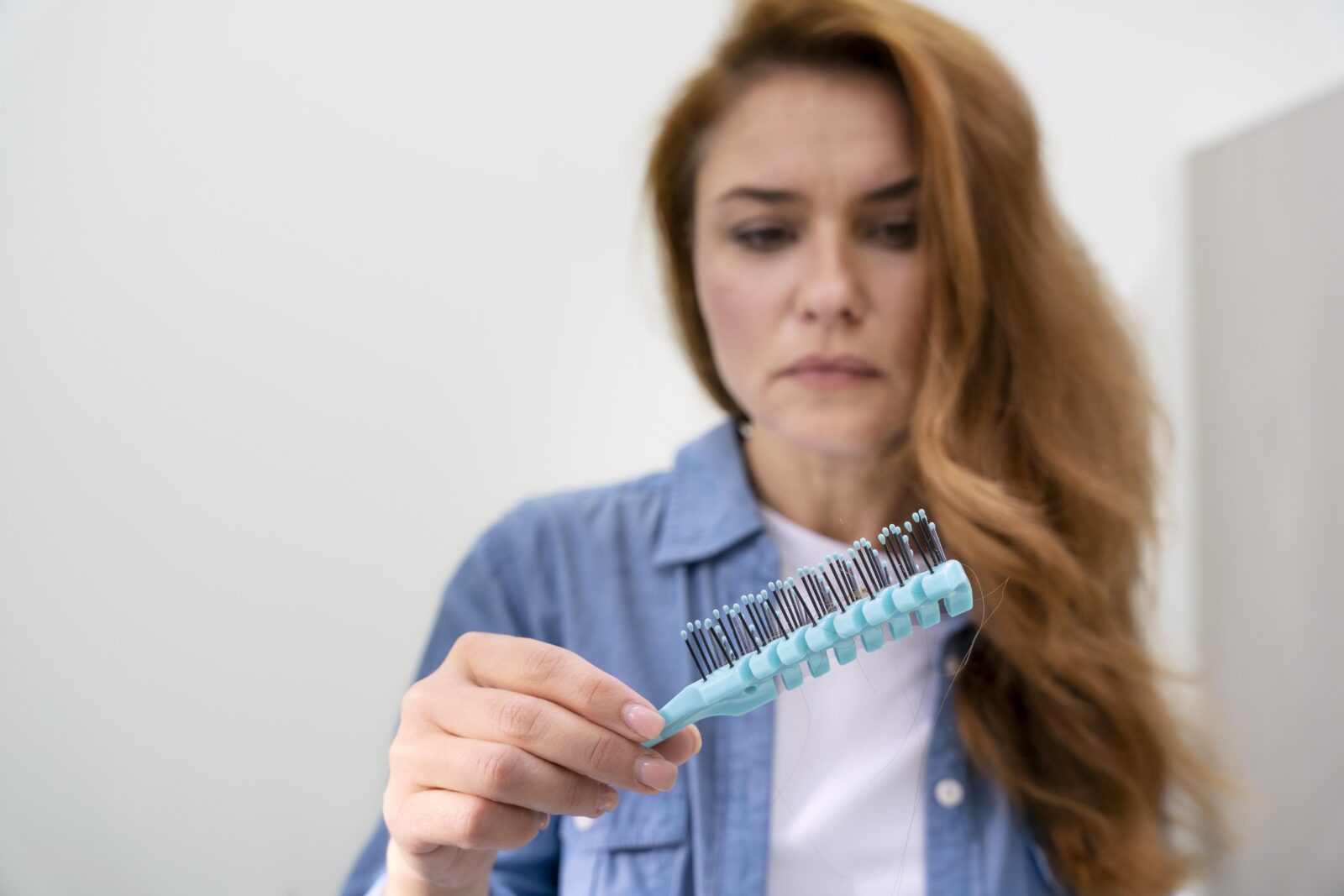
Yes and no. Hijab is a factor in some hair loss conditions, most famously traction alopecia, but it’s not the only cause. Additionally, other conditions of hair loss mostly have different causes.
To give you a better idea, traction alopecia is a hair loss condition caused by continuous tension on the scalp, such as pulling your hair or rubbing the hijab against it repeatedly.
If you wear your hair in a tight style under your hijab or wrap your veil too tight around your head, it may be a primary reason for the condition. However, it’s also caused by repetitive pulling of the hair, which is usually a sign of stress.
Readers Also Liked: Can hijabs be any color?
What happens is, when you pull your hair out or leave the hijab to rub against it, the follicles get damaged, which eventually causes the hair to fall out.
Some of the most common reasons for this condition are dreadlocks because they apply chronic tension to the scalp, and it doesn’t ease at all.
So, all in all, hijab may be causing your hair loss, but you can easily prevent it if you take some precautionary steps. Before that, it’s important to realize whether your hair loss is caused by traction alopecia or something else.
Is Traction Alopecia Causing Your Hair Loss or Something Else?
If you’re suffering from traction alopecia, there’s a high chance your hijab is one cause of it. However, if you’re suffering from another type of hair loss, there’s probably a different cause that you need to work on.
Traction alopecia is mostly diagnosed by little red bumps that appear on the scalp. They may look similar to pimples, and they’ll be itchy to the touch. You may also notice your scalp hurting when you accidentally pull a hair out or wrap it in a tie too tightly.
A different way of recognizing traction alopecia is checking where the hair is coming out from. This condition hits the side of your scalp first, so you’ll notice your hair thinning from the sides or the front first. If these areas are good, you may be looking for the wrong condition.
Other Causes for Hair Loss
There are plenty of causes for hair loss, and most of them aren’t related to hijab. In fact, it’s one of the least common causes, so you may want to rule out other causes first before blaming it on your head cover.
Here are the primary causes of hair loss:
- Stress: Most people with stress triggers suffer from hair loss eventually. That’s because stress causes hair follicles to go into a resting phase, which causes the hair to thin out. If you’re noticing plenty of hair falling when you’re combing with no obvious pattern, it’s likely due to stress.
- Birth: A lot of new mothers suffer from hair loss for a few months after giving birth. It’s usually nothing to worry about because it results from low estrogen levels, and once their hormones are back in order, the hair loss stops.
- Anemia: Iron deficiency is one of the most common reasons for hair loss. If you’re diagnosed with anemia, this may be the reason.
- Low thyroid function: Women with low thyroid functions often experience hair loss as one of the symptoms. It’s usually random loss without obvious thinning areas, and it can be reversed by treating the condition, though it’ll take some time.
- Birth control pills: Anything that affects your hormone levels can cause hair loss, including birth control pills.
Recommended: Can hijabs have patterns?
How to Prevent Hair Loss Due to Hijab
If you suspect that your hijab is the reason for your hair loss, there are plenty of things to do to reverse the situation. At least you’ll prevent new hairs from falling, and if the problem persists, you’ll know to look for a different cause that doesn’t have anything to do with hijab.
Avoid Synthetic Materials
Most women wear hijab caps under their veils, and they’re constantly in contact with the hair. To stay on the safe side, try to choose caps made of natural materials, like cotton or silk.
Synthetic material blends, like nylon, can cause skin irritation and can rub against your hair the wrong way.
Likewise, when choosing your hijab, try to go for a breathable material, like chiffon or cotton. These materials will allow air ventilation, preventing oil from building up on your scalp.
Don’t Pull Your Hair Tightly Under the Hijab
We know the drill: you feel like your hair will go loose at any point, so you pull it as tight as you can to keep it in place.
Well, while that’ll definitely keep it in place, it’ll do more harm than good. Tightly pulling your hair puts major stress on the follicles, which may cause hair loss eventually. It’s better to keep your hair a bit loose under your hijab.
Wash Your Hijab Caps Regularly
Your hijab cap is in contact with your hair all day, so if it’s not clean, it’ll likely cause your hair to go greasy and may harm the follicles. To prevent that, make sure to wash your caps regularly. In the winter, or if you don’t wear them for long periods of time, you can wash them once a week.
However, if you wear them all day, it’s better to wash them every couple of days to keep them from getting sweaty.
To Wrap Up
So, can hijab cause hair loss?
It may cause traction alopecia if you pull your hair too tightly under it. However, your hair loss may also be due to different reasons, such as stress, anemia, or irregular hormone levels due to giving birth or taking birth control pills.

 Mystic Woods
Mystic Woods 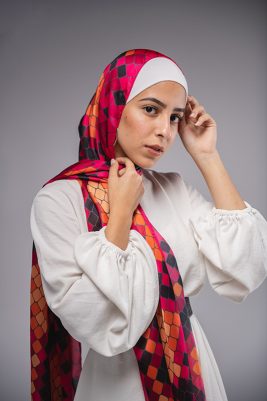 Purple Venom
Purple Venom  Grey Elegance
Grey Elegance 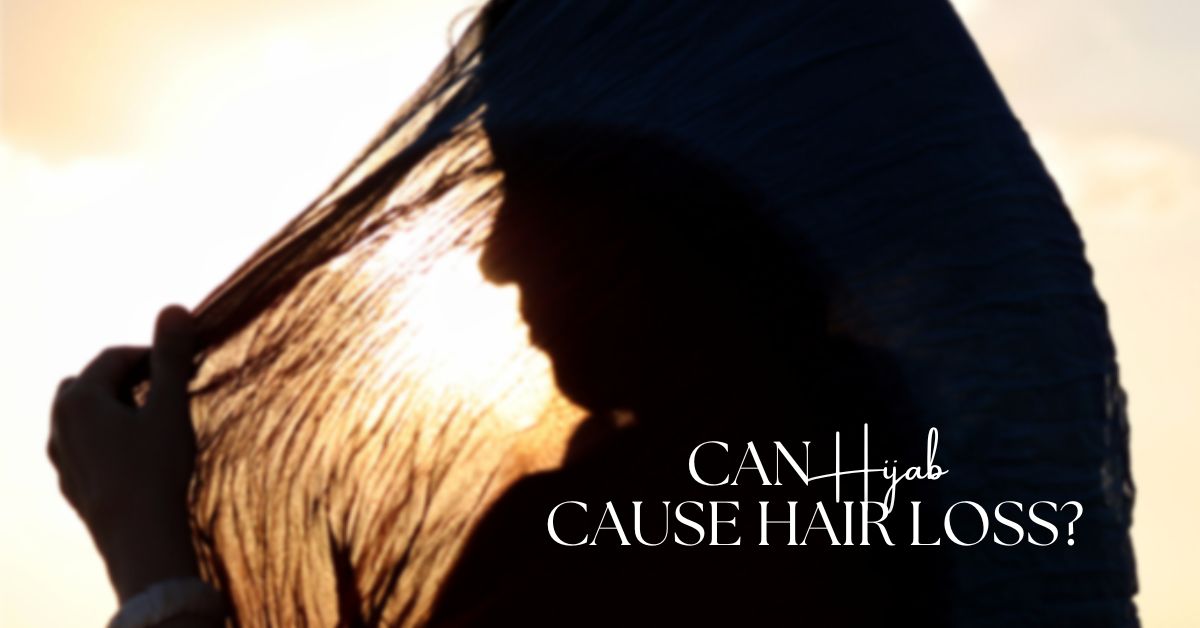
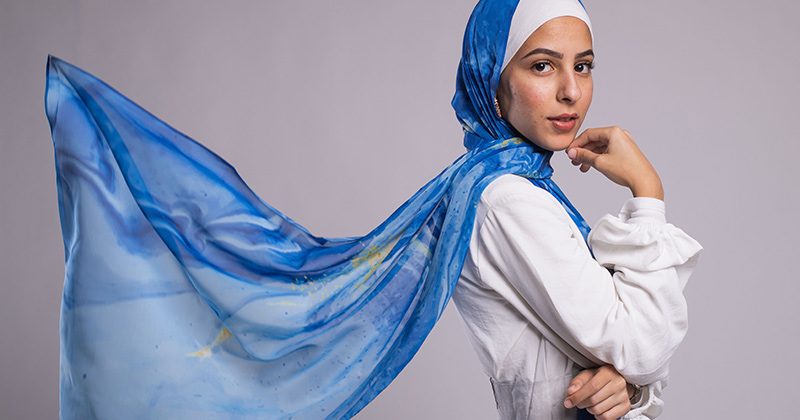
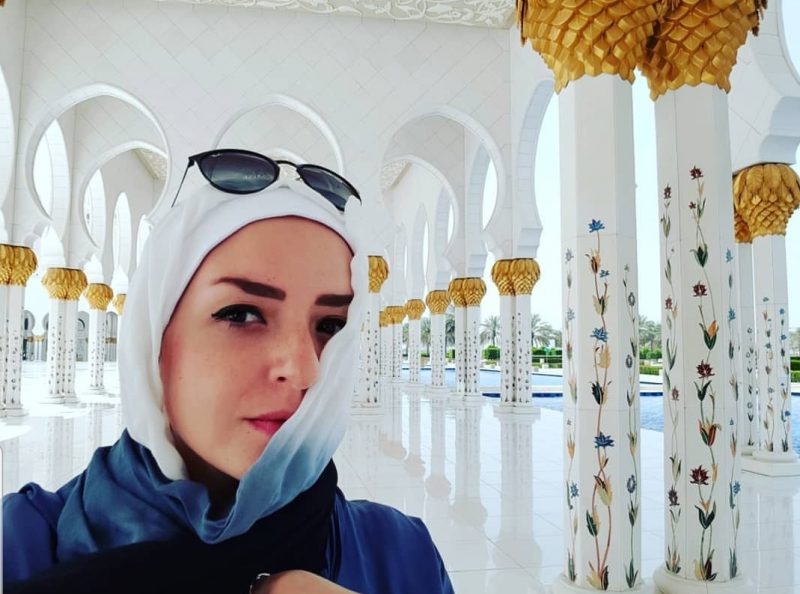

This was beautiful Admin. Thank you for your reflections.